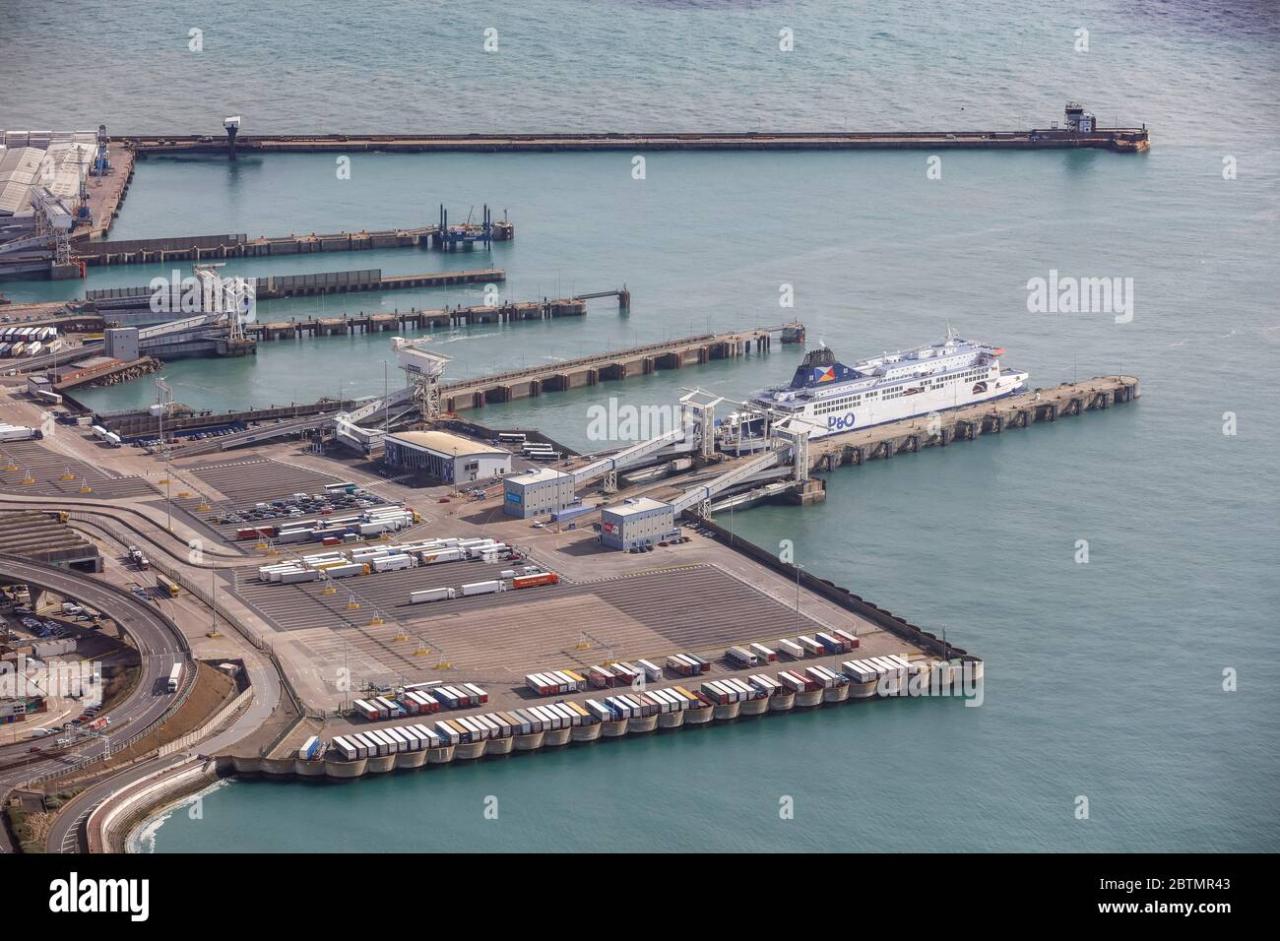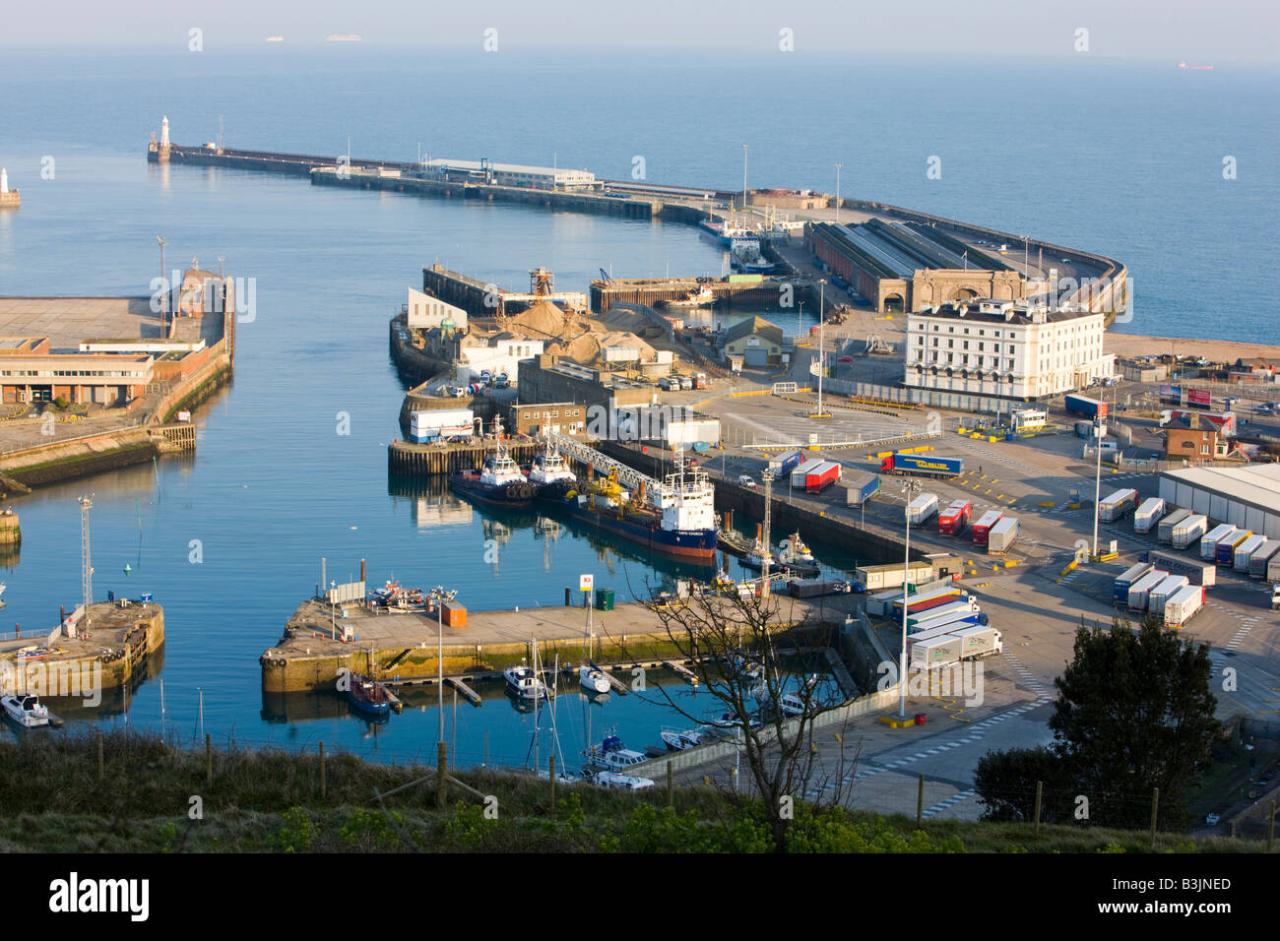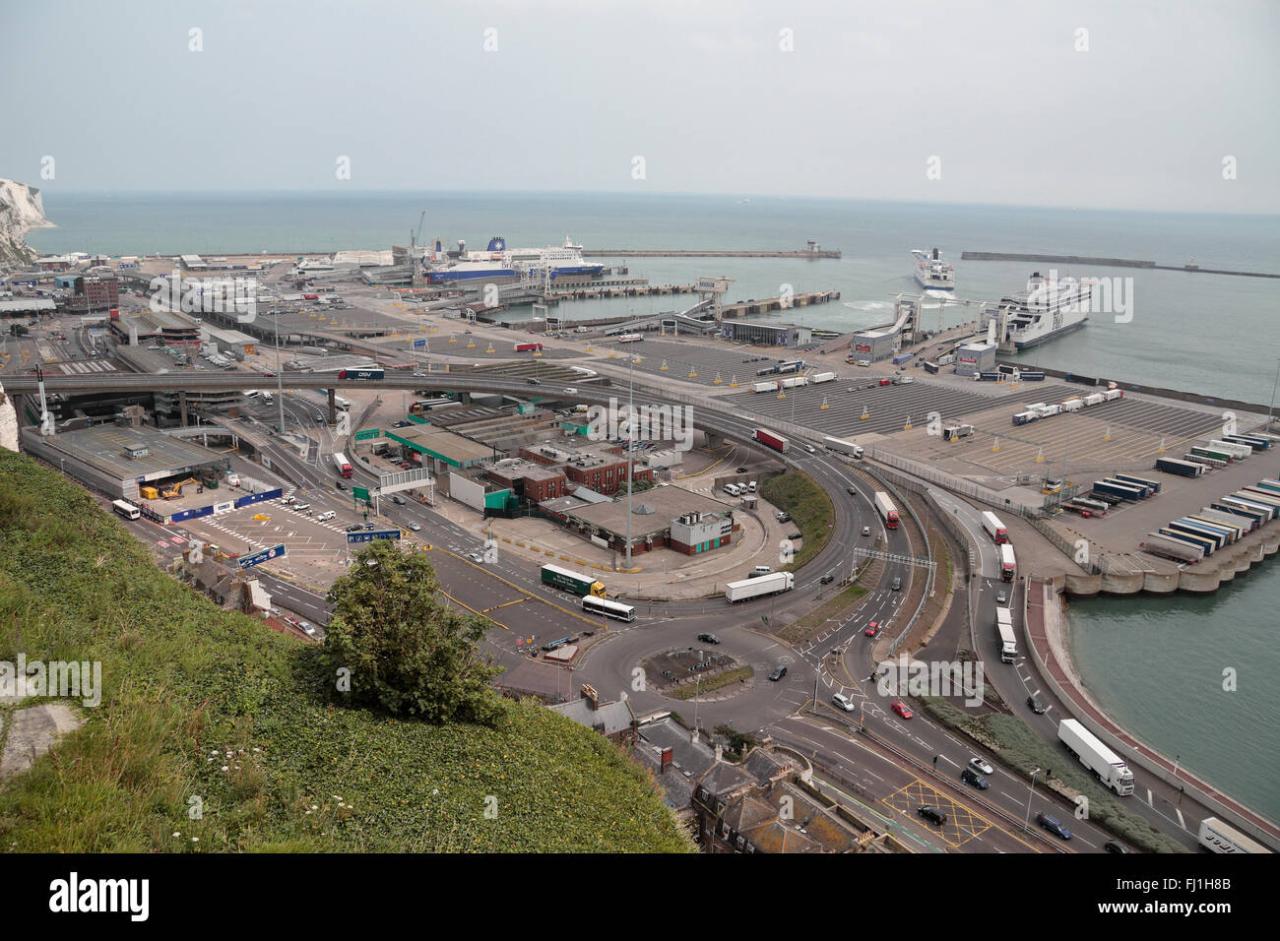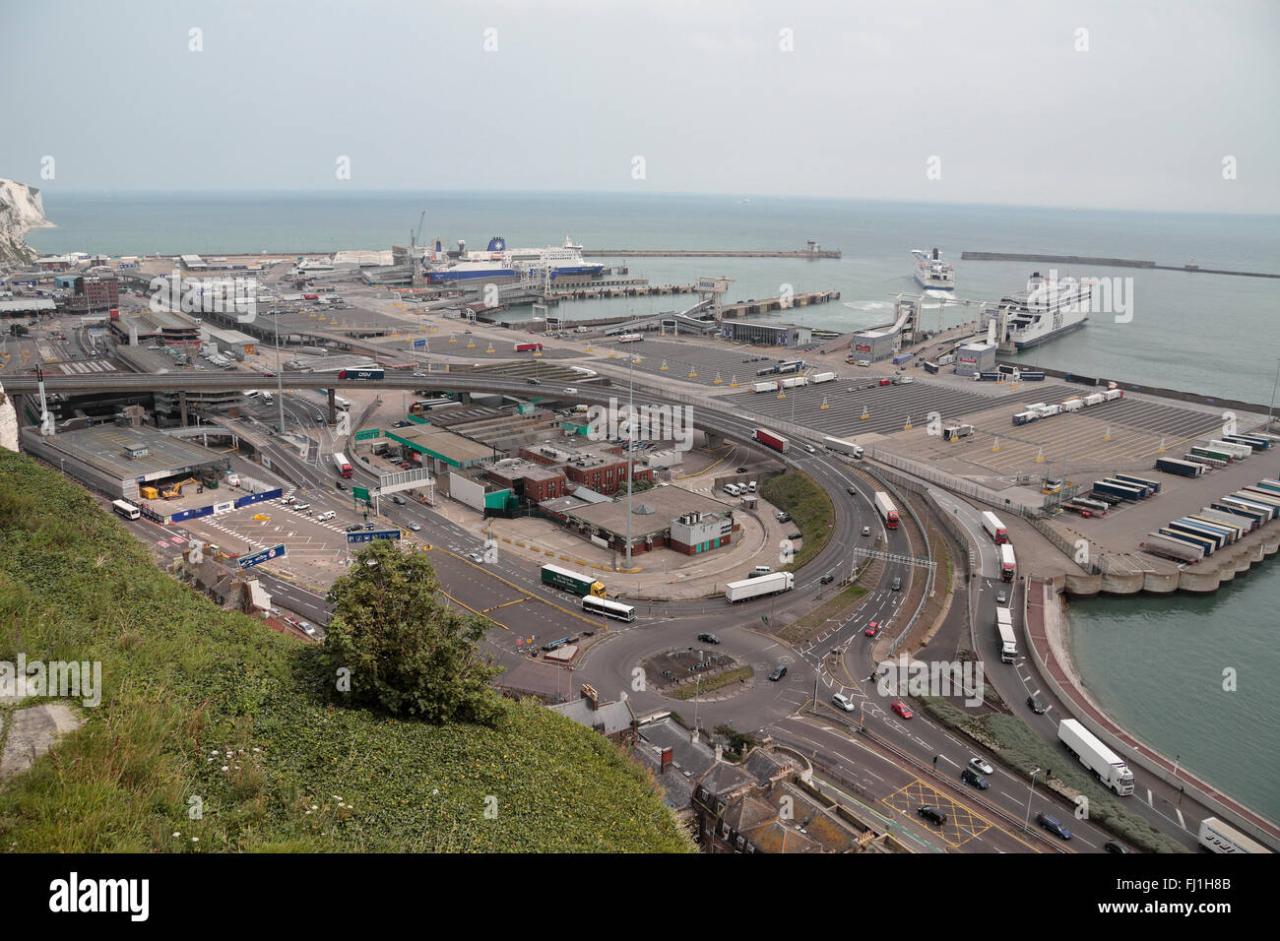Port Dover Camera systems play a multifaceted role in this charming Ontario town. From enhancing tourism and bolstering public safety to raising privacy concerns, these cameras impact various aspects of Port Dover life. This exploration delves into the practical applications, legal implications, and technological advancements associated with camera usage in Port Dover, aiming to provide a balanced perspective on their influence.
We’ll examine the diverse types of cameras deployed, their strategic placement, and the data they collect. Further, we’ll discuss the ethical considerations surrounding surveillance in public spaces, analyze the potential economic impacts on tourism and local businesses, and explore the evolving role of technology in managing and interpreting camera footage.
Port Dover Camera Locations and Types
Port Dover, Ontario, utilizes various camera systems for diverse purposes, impacting tourism, security, and community well-being. Understanding the locations, types, and capabilities of these cameras is crucial for assessing their overall impact.
Common Camera Locations in Port Dover
Cameras are strategically placed throughout Port Dover to maximize coverage and effectiveness. High-traffic areas like the main street, the harbourfront, and popular tourist attractions such as the lighthouse and the beach typically have a higher camera density. Other locations include intersections, parking lots, and potentially less visible areas for security purposes. The specific number and placement of cameras are not publicly available due to security concerns.
Types of Cameras Used in Port Dover
Port Dover likely employs a mix of camera types, each suited for specific applications. These include:
- Security Cameras: These are primarily used for crime prevention and detection, often featuring high-resolution imaging and night vision capabilities. They might be dome cameras for unobtrusive surveillance or box cameras for more overt monitoring.
- Traffic Cameras: These cameras monitor traffic flow, identify violations, and potentially assist with emergency response. They often have features like license plate recognition and automatic incident detection.
- Wildlife Cameras: While less common in urban areas, Port Dover’s proximity to natural areas might utilize wildlife cameras for monitoring local fauna, particularly if there are conservation initiatives.
Camera Image Quality and Capabilities
The image quality and capabilities of cameras in Port Dover vary depending on their type, age, and intended purpose. Security cameras generally offer high-resolution images (e.g., 1080p or 4K), wide fields of view, and night vision for effective monitoring in low-light conditions. Traffic cameras often prioritize license plate readability and clear identification of vehicles, even at high speeds. Wildlife cameras may focus on long-range detection and infrared capabilities for nighttime observation.
Potential Camera Locations Based on Public Access and Safety Concerns, Port dover camera
Balancing public safety and privacy is crucial when deploying cameras. Prioritizing locations with high foot traffic, potential crime hotspots, and areas requiring traffic management ensures optimal security without overly intrusive surveillance. A list of potential locations would include main intersections, the harbour, the beach, and public parks. Locations with limited public access should be carefully considered to avoid unnecessary surveillance of private property.
Port Dover Camera Usage and Applications
The implementation of camera systems in Port Dover serves multiple objectives, ranging from enhancing public safety to boosting tourism. A balanced approach is necessary to leverage the benefits while mitigating potential drawbacks.
Purposes of Cameras in Port Dover
Cameras in Port Dover serve several key purposes:
- Tourism: Cameras can help monitor tourist activity, identify popular locations, and improve infrastructure planning to enhance the visitor experience.
- Security: They deter crime, aid in investigations, and provide a sense of safety for residents and visitors.
- Law Enforcement: Cameras provide valuable evidence in criminal investigations and assist law enforcement in maintaining order.
- Traffic Management: Cameras can monitor traffic flow, identify congestion points, and help improve traffic management strategies.
Benefits and Drawbacks of Camera Usage in Specific Locations
The benefits and drawbacks of camera usage vary depending on the location. For instance, cameras in high-crime areas can significantly improve safety but may raise privacy concerns. Cameras in tourist hotspots can enhance the visitor experience by providing a sense of security, but their presence might also feel intrusive to some.
Hypothetical Camera System for a Specific Area in Port Dover
A hypothetical camera system for the Port Dover harbour could consist of a network of high-definition cameras with wide-angle lenses, providing comprehensive coverage of the waterfront. These cameras would be supplemented by motion-activated cameras in less-trafficked areas. The system would feature cloud-based storage and remote access for law enforcement and municipal staff.
Examples of Positive Outcomes from Camera Footage
While specific examples are typically confidential, camera footage can be used to solve crimes, identify missing persons, and improve traffic flow. In general, camera footage has helped in reducing crime rates, improving traffic safety, and providing valuable evidence in various investigations.
Privacy and Legal Considerations of Port Dover Cameras

The use of surveillance cameras raises important ethical and legal considerations, particularly regarding the privacy rights of individuals. A balance must be struck between public safety and individual liberties.
Ethical Implications of Using Cameras in Public Spaces
The ethical implications involve balancing the need for public safety and security with the right to privacy. Transparency about camera locations and usage, along with clear guidelines for data handling and retention, are crucial to mitigate ethical concerns. The potential for misuse and the impact on individuals’ sense of freedom must be carefully considered.
Relevant Canadian Laws Regarding Surveillance and Public Camera Usage
Canadian privacy laws, including PIPEDA (Personal Information Protection and Electronic Documents Act) and provincial privacy legislation, govern the collection, use, and disclosure of personal information. These laws require organizations to obtain consent for collecting personal information, and limit the use of surveillance technologies. Specific regulations may vary by province.
Comparison of Privacy Rights and Camera Surveillance Practices

The following table compares privacy rights with camera surveillance practices (note: this is a hypothetical example and specific data is not publicly available):
| Location | Camera Type | Privacy Concerns | Legal Compliance |
|---|---|---|---|
| Main Street | High-definition CCTV | Potential for mass surveillance | Compliant with PIPEDA and provincial regulations (assuming proper signage and data handling) |
| Harbourfront | PTZ Cameras | Potential for targeted surveillance | Compliant with PIPEDA and provincial regulations (assuming proper signage and data handling) |
| Residential Areas | Security Cameras (Private) | Potential for unauthorized surveillance of neighbours | Varied, depending on placement and signage |
| Public Parks | Dome Cameras | Minimal privacy concerns in public areas | Compliant with PIPEDA and provincial regulations (assuming proper signage and data handling) |
Impact of Port Dover Cameras on Tourism and Local Businesses
The presence of cameras can influence tourist perceptions and the overall economic landscape of Port Dover. Strategic use of camera data can enhance both safety and economic activity.
Impact of Cameras on Tourist Perception of Safety and Security
Visible security cameras can deter crime and provide a sense of safety for tourists. This can lead to increased tourism and economic benefits for local businesses. However, excessive or intrusive surveillance could negatively impact the tourist experience, making visitors feel watched or uncomfortable.
Using Camera Footage to Improve the Tourist Experience
Camera footage can be used to monitor crowd density, identify popular attractions, and optimize the allocation of resources. This data can help improve infrastructure, manage traffic, and enhance the overall tourist experience.
High-quality footage from Port Dover’s bustling harbour can be captured using various camera systems. However, if you plan to use a drone for aerial perspectives, remember that operating a drone in Canadian airspace requires a valid transport canada drone license. Ensuring compliance is crucial before capturing those stunning Port Dover camera shots from above.
Potential Economic Benefits and Drawbacks of Using Cameras to Monitor Tourist Activity

The economic benefits include increased tourism due to enhanced safety and improved services. However, poorly implemented camera systems or privacy concerns could deter tourists and negatively impact local businesses.
Strategies for Using Camera Data to Promote Local Businesses
Camera data can be used to identify peak tourist times and popular locations, allowing businesses to optimize their operations and marketing strategies. For example, restaurants could adjust staffing levels based on crowd density data, and shops could tailor their promotions to target specific tourist demographics.
Technological Aspects of Port Dover Cameras
The technological specifications of the cameras used in Port Dover significantly impact their effectiveness and overall contribution to the community.
Technical Specifications of Common Camera Types
Specific technical specifications are often proprietary and not publicly available. However, common features include high-resolution imaging (e.g., 1080p or 4K), wide fields of view, night vision capabilities, and weatherproofing. Advanced features might include analytics capabilities like facial recognition (though ethical and legal implications must be considered).
Methods of Storing and Accessing Camera Footage
Camera footage is typically stored on network video recorders (NVRs) or cloud-based storage solutions. Access is typically restricted to authorized personnel, such as law enforcement and municipal staff, following strict protocols to maintain security and privacy.
Hypothetical System for Managing and Analyzing Camera Data
A comprehensive system would involve a centralized NVR or cloud-based platform for storing and managing footage from multiple cameras. This platform would allow for remote access, search functionality, and potentially AI-powered analytics for identifying patterns and anomalies.
Potential Use of AI and Machine Learning in Analyzing Camera Footage
AI and machine learning could automate tasks like object detection, license plate recognition, and anomaly detection. This can free up human resources and provide valuable insights into traffic patterns, crime trends, and other aspects of community life. However, ethical and legal implications of AI-powered surveillance must be carefully addressed.
Visual Representation of Port Dover Camera Coverage
Typical View from a Camera Positioned at a Specific Landmark
Imagine a camera perched atop the Port Dover Lighthouse. The view encompasses the entire harbour, with fishing boats bobbing gently in the water. The vibrant colours of the waterfront buildings contrast sharply against the clear blue sky. Tourists stroll along the pier, their laughter echoing faintly. The camera captures the bustling activity, from the movement of vehicles on the nearby streets to the smaller details of seagulls perched on the lighthouse railing.
The lighting shifts throughout the day, creating a dynamic scene, from the bright midday sun to the soft glow of sunset.
Hypothetical Panoramic View from a High-Resolution Camera
A high-resolution camera overlooking the main beach in Port Dover captures a breathtaking panoramic view. The expansive sandy beach stretches from one end of the frame to the other, filled with sunbathers and families enjoying the day. The clear, turquoise water laps gently against the shore, reflecting the bright sunlight. The distant shoreline is visible, adding depth to the scene.
High-resolution imagery from Port Dover cameras provides valuable data for various applications. Understanding efficient cargo management is crucial, and advancements like those showcased in remington drone loads could significantly improve logistics. This technology, applied to Port Dover, might optimize the flow of goods and enhance the overall efficiency of the port’s operations, leading to more effective use of the Port Dover camera network.
The vibrant colours, from the deep blues of the water to the golden sands, are richly detailed. The camera captures the bustling atmosphere, the intricate details of beach umbrellas, and the playful interactions of children in the sand.
Ultimately, the use of cameras in Port Dover presents a complex interplay between security, economic growth, and individual privacy rights. While cameras offer tangible benefits in enhancing safety and promoting tourism, careful consideration must be given to balancing these advantages with the need to protect personal freedoms. Responsible implementation, transparent policies, and adherence to legal frameworks are crucial to ensure the ethical and effective deployment of camera technology in Port Dover.
FAQ Corner
What types of crimes are cameras most effective in deterring or solving in Port Dover?
Cameras are most effective in deterring and solving property crimes like vandalism and theft, as well as assisting in identifying suspects in assaults or other violent incidents.
How does Port Dover ensure the data collected from cameras is secure and protected from unauthorized access?
Specific security measures vary, but generally involve secure data storage, access control protocols, and adherence to relevant privacy legislation. Details on specific security measures would need to be obtained from the relevant authorities.
Are there any plans for expanding the Port Dover camera network in the future?
Future expansion plans would depend on various factors including budget, public safety needs, and privacy concerns. Information on potential expansion would need to be sought from the appropriate municipal bodies.
